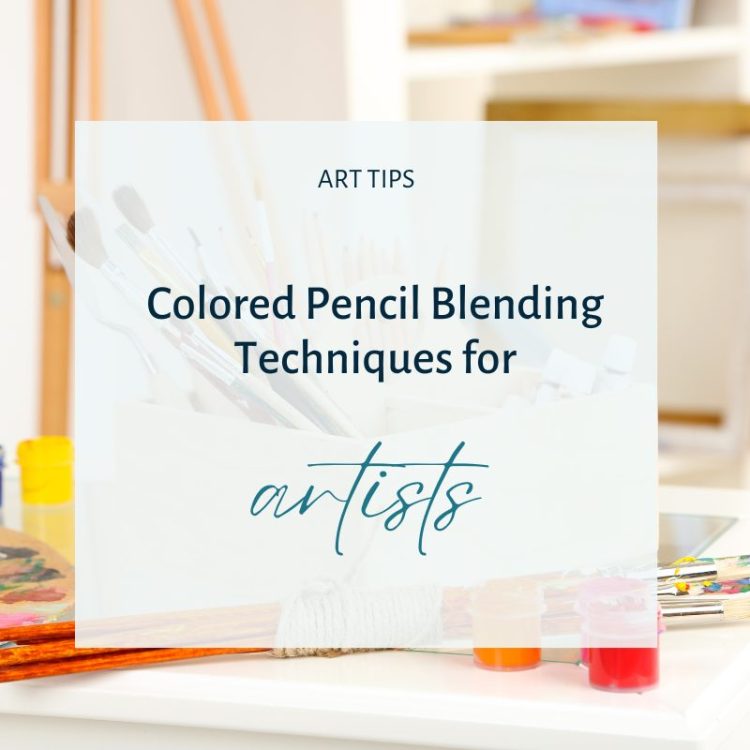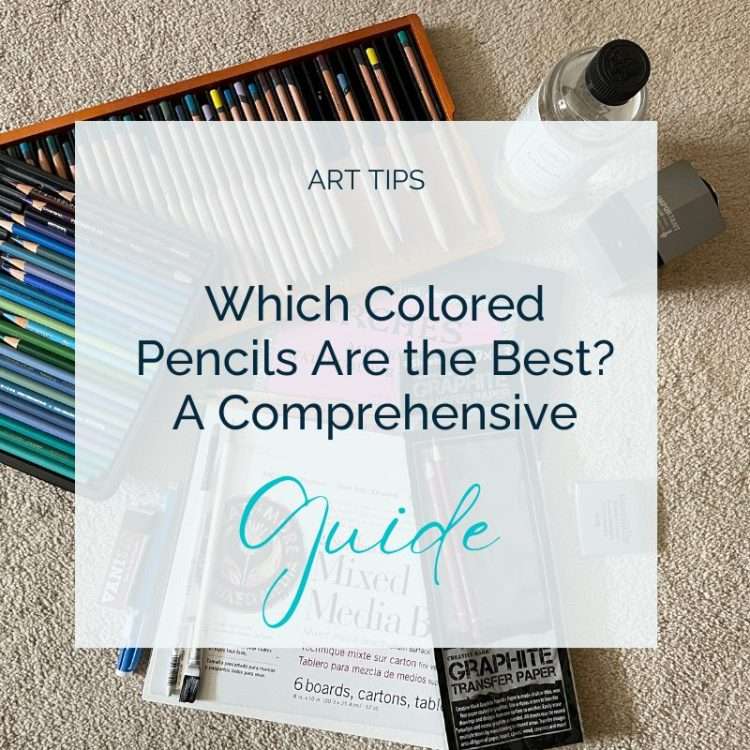Are you ready to uplevel your art game and learn what it takes to master the techniques to realistic drawings? You may have already watched a ton of YouTube tutorials, but I hope to add a new perspective on what it takes to achieve realistic looking drawings.
Many people believe that just because someone is an art teacher, that they have all the answers, but that may be holding you back.
In this post, I’m going over the most common roadblocks newer artists face and the techniques for overcoming them!
1. Always Remember to pay attention to who you’re taking advice from.
If you’ve been finding yourself stuck on why your school art classes aren’t fixing your art problems, you may want to reevaluate that thought.
Ask yourself, why do I think my school art teachers have all the answers and who benefits from not expanding my horizons a bit?
Now, I am certainly not advocating that you shouldn’t listen to your art teachers. Learn what you can from them since you’re in their class, and do the assignments the way they ask you to.
But, if you’re wanting to develop a specific art skill, such as realism in colored pencil, you want to learn from an artist working in that medium and whose work looks the way you want YOURS to look. This way, you’ll ensure that you’re getting the right advice for YOUR art goals and you’ll be able to avoid repeating techniques that don’t work for that medium and feeling frustrated because you’re not progressing.
My Routine for Realistic Drawings
I am happy to say that I have found the right techniques for my art style, and I’m super happy with how I’m progressing in my work, because I found the right person to learn from.
This was how I found out who was the right mentor for me
- I looked on YouTube for colored pencil tutorials, and wrote down a few different channels where the artist was consistently creating work that I aspired to create
- I picked my favorites (2-3 is plenty) and spent some time time watching a lot of their videos, to get a feel for their teaching style
- I started to notice that there was quite an overlap of technique from artist to artist (many artists talked about the same things) and that was how I knew that I could practice these tips without developing bad art habits.
In my case, I found one artist who was my favorite and I instantly knew I wanted to learn more from her. It didn’t take me too long to find her account. I wasn’t combing through YouTube endlessly searching for the perfect channel before I discovered her.
Her videos were anywhere from 5-20 minutes long, and were a mix of art vlogs, art chats, and tutorials. I watched all her stuff on colored pencil and graphite, plus all her art chats.
I decided to join her Patreon membership to get access to her longer tutorials. This was a $4 a month membership, and I have to say that everything I know about colored pencil, graphite, or charcoal, I learned from her tutorials.
My high school art teacher didn’t teach ANY of her techniques. Not because my art teacher wasn’t qualified. She simply wasn’t the right teacher for me and my art style. If I had listened to my art teacher and followed her advice blindly, I never would have gotten to where I am today in art.
How is your routine helping you with your goal for creating realistic art?
Don’t be afraid to experiment, expand, and try out new things.
You’re not a slave to any one coach. If you realize that you don’t enjoy working in their techniques, move on and find someone else. You’ll only learn more and more as you keep discovering what works for you and what doesn’t.
Side note: my high school art teacher was an oil painter who worked in an impressionistic style. I wanted to learn realistic colored pencil. She just wasn’t the right fit for me and that’s fine.
Whatever works for you is what will work best for your art goals.
Some Advice from Lachri Fine Art
I like to shake it up with info from all over the web. My all time favorite artist has some critical advice for you. She says, “layer until it looks good.” Meaning, keep working on that drawing until it looks good!
For more great tips like this, check out her YouTube channel here!
2. Never let people who aren’t in your industry give you advice.
Your great-grandma means well when she says, colored pencil is not a fine art medium, but it’s another thing that’s holding you back.
Instead, if you’re wanting to learn realistic colored pencil, look for experts like Lachri Fine Art or Gemma Chambers for guidance. If you’re wanting to learn pastels, Jason Morgan or Emma Colbert are amazing options.
3. You need perseverence to succeed in art
Now, just because you currently don’t have professional level skills, doesn’t mean you can’t learn to be an amazing artist.
This does mean you need to learn the right techniques and practice a lot before you can pump out a realistic drawing, but I know you can do it! Let’s be specific in planning how get on the right path to amazing artwork:
- Pick a medium and a technique you want to improve on. Example: colored pencil pet portraits. Find an artist on YouTube who does a lot of animal portraits in colored pencil. (just an example. If you don’t work in colored pencil, use this formula for your chosen medium and subject matter).
- Watch 5 of their videos from start to finish. Then apply their techniques to a small study (say a dog’s eye).
- Practice these techniques in at least 3 studies. If you get stuck, just keep plugging. You’ll want to get a bit of practice in before deciding if a specific technique doesn’t work for you.
Because I know how important learning from others is, I created this downloadable resource for you! This e-book is only $7 and includes my 10 step process for improving your drawings!






